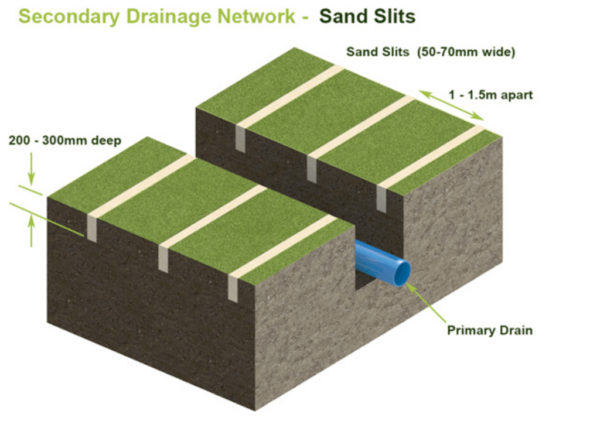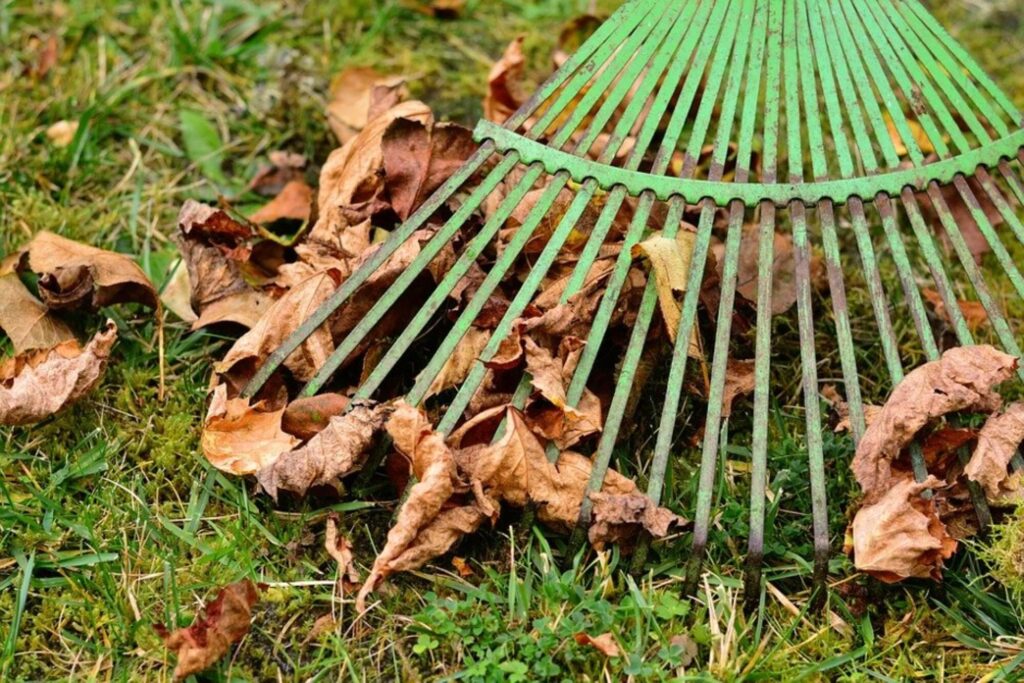The colder months can be a hazardous time for your fields if you’re unable to implement maintenance work. The drop in temperatures, along with increased wind, rain and even snow, can damage the ground to the point that it requires comprehensive repair work. However, there are a few things you can do to ensure your Winter fields are in the best possible condition come spring.
Winter Field Maintenance – Drainage and Preventing Compaction
Fields with indigenous soils will always struggle through the wetter months, which means the wear and tear will be far more noticeable – particularly on sports pitches. Therefore, the surface must be given a fighting chance with an efficient draining system.
- By aerating the soil, you can begin to break up the compacted surface layer by allowing oxygen to enter, which encourages the removal of undesirable gasses such as hydrogen sulphide and carbon dioxide.
- By physically breaking up the compacted areas, you allow more pore space, which essentially cracks the compacted layers and allows water to pass through.
Water drainage solutions vary, which means you have a few good options to choose from, such as pipework installation and slit drainage

Pipe drained surfaces rely heavily on soil structure for water to pass through the top layer. This is fine for the most part, but if the surface were to become waterlogged and compacted, water is not able to move around as quickly, and even the closest water pipes to the area will not be able to drain it fast enough.
The other solution, if budgets allow, is to install ‘slit drainage’, a series of drainable slits which connect the top layer to the back-fill which is filled with sand and gravel. This solution is widely used on golf courses, and can only work in conjunction with an effective aeration schedule.
Slit or solid tines during opportune conditions are ideal for encouraging natural water movement through the ground.
Remove Debris

During autumn and early winter as the trees shed their leaves, there’s a good chance they may drift onto the surface you’re maintaining. This must be removed as soon as possible, as they may begin to decompose and cause the following problems:
- Leaves smother the grass and can kill it in a matter of weeks
- Leaves can encourage moss
- Leaves can leave the grass vulnerable to disease
- Leaves attract worms, which in turn attract moles
It would be best if you spent some time, at least once a week, removing any leaves, and to save yourself the hassle, you could use any of the following tools:
- Rake
- Blower
- A rotary lawnmower (assuming the surface isn’t too wet)
Fertilise
Fertilising over winter will ensure robust and healthy growth in the springtime while encouraging a thicker sward over winter.
It is particularly important to select the right fertiliser to ensure you’re providing the right nutrients for the grass and soil.
Around a month or so after spreading, depending on how much rain has helped the fertiliser spread to the root system, you’ll notice a difference in the colour and quality of the grass.
Winter Field Overseeding
Overseeding is the means of distributing seeds across the ground to aid recovery in damaged and patchy areas. We recommend using a broadcast spreader, as this will ensure an even and thorough spread, meaning you won’t need to go back and sow more seeds in areas you’ve missed.
Although overseeding is typically carried out during late summer to prep the ground for winter, you can do it in autumn, by either using one of our hardy winter seed mixes or waiting until the soil is up around seven degrees centigrade.
Winter Field Topdressing
Topdressing is a crucial element in maintaining your fields over winter, offering several essential benefits. Not only does adding a top layer of sandy soil onto the surface make it smoother, but it also makes it easier for the soil to absorb air and water so that the field can grow more efficiently.
Undertaking a maintenance strategy during winter will give your pasture or field the best chance of remaining healthy and strong all the way through till springtime.
If you have any questions about the subjects we’ve covered in this article, or you’d like to get in touch to find out more about our product range, don’t hesitate to contact us today.